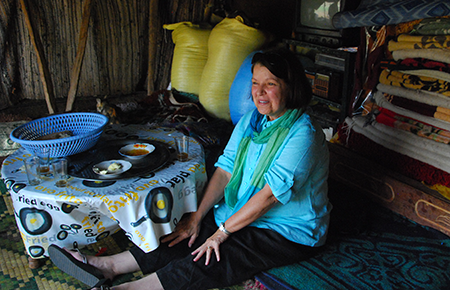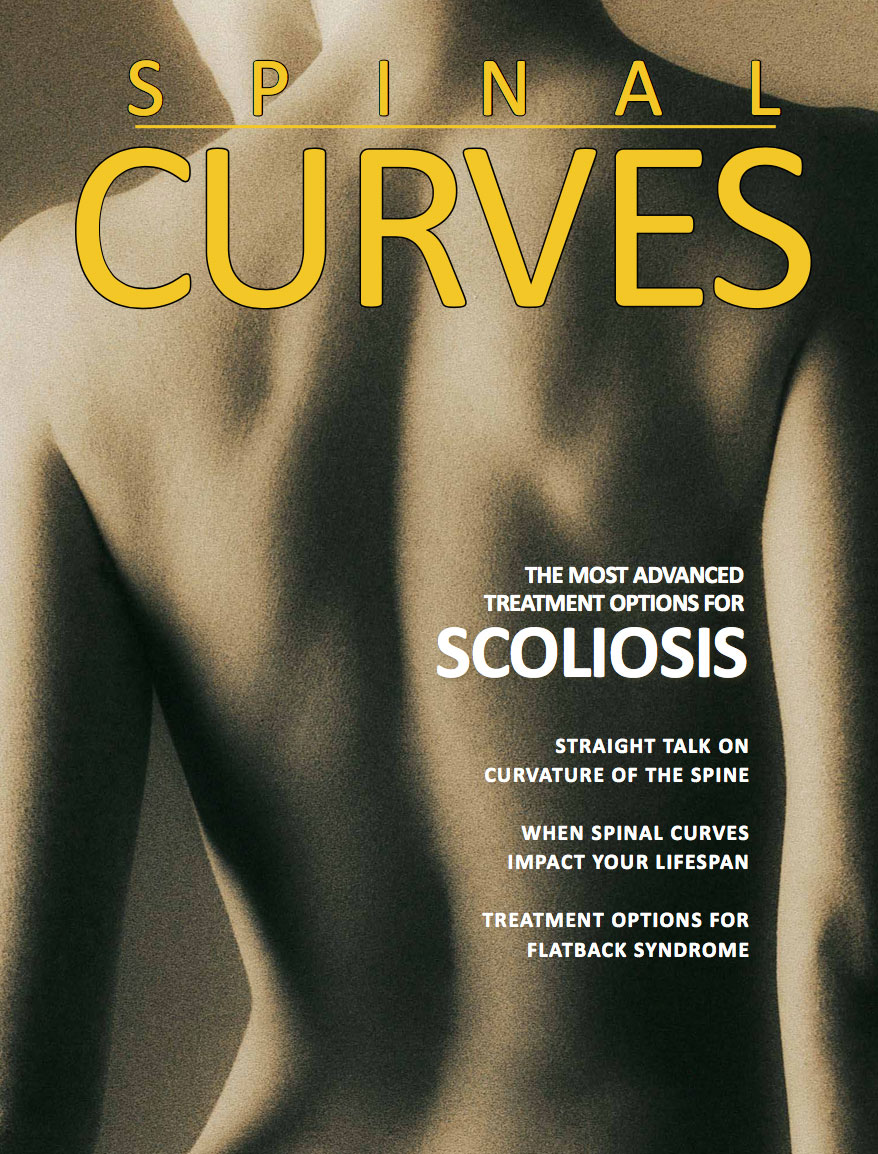 Adult Scoliosis
Adult Scoliosis
Single posterior approach surgery to correct spinal curve.
Years since surgery: 3
 Wimberly was
in her thirties
when she began
experiencing buttock
pain on her left side.
While her symptoms
were mild at first,
the pain worsened
and became
persistent. Her
general practitioner’s
diagnosis was
progressive adult
scoliosis with a bone
spur restricting
a nerve. Even so,
Wimberly continued
to stay as active as
possible. Some of her favorite activities
include traveling with her husband and
painting.
Wimberly was
in her thirties
when she began
experiencing buttock
pain on her left side.
While her symptoms
were mild at first,
the pain worsened
and became
persistent. Her
general practitioner’s
diagnosis was
progressive adult
scoliosis with a bone
spur restricting
a nerve. Even so,
Wimberly continued
to stay as active as
possible. Some of her favorite activities
include traveling with her husband and
painting.
To help manage the symptoms
associated with her adult scoliosis,
Wimberly went to a number of nonsurgical
specialists over the years. She tried
chiropractic care, massage therapy and
injection treatment. Fortunately, WImberly
was able to schedule her injections before
she traveled and this allowed her to remain
active during the trips.
After a time, the injections stopped
relieving pain and Wimberly found it more
difficult to maintain an active lifestyle.
Sitting, standing, and walking all provoked
pain and her leg was weak. Wimberly
even had trouble sleeping. All in all, the
symptoms left her feeling quite disabled.
“I remember thinking even if it meant
using a wheelchair, I knew something had
to be done to relieve the pain. It was too
much to bear,” she says.
Wimberly went to see many
spine surgeons for her adult scoliosis,
unfortunately the complexity of her condition was outside
the realm of their
specialty. At last,
she was referred
to dual Fellowship-trained
scoliosis
and spine surgeon,
Dr. Matthew Geck
at Scoliosis Texas who
focuses his practice
on complex pediatric
and adult scoliosis.
He explained that
she had a progressive
and degenerative
spinal curve. This
caused bone spurs to
impinge on nerves and result in pain.
 Since she had exhausted conservative
options, Dr. Geck explained her other
options, one of which was surgery. While
Wimberly was nervous about surgery, she
knew she couldn’t continue to live with the
pain and wanted to get back to her active
life. Dr. Geck would perform the surgery in
a single operative session through a single
posterior approach — this is one of the
reasons Wimberly chose Dr. Geck. Another
surgeon had recommended a more invasive
anterior and posterior approach surgery.
Since she had exhausted conservative
options, Dr. Geck explained her other
options, one of which was surgery. While
Wimberly was nervous about surgery, she
knew she couldn’t continue to live with the
pain and wanted to get back to her active
life. Dr. Geck would perform the surgery in
a single operative session through a single
posterior approach — this is one of the
reasons Wimberly chose Dr. Geck. Another
surgeon had recommended a more invasive
anterior and posterior approach surgery.
Dr. Geck performed Wimberly’s
surgery in 2011. She was pleased to wake
up after surgery with her nerve pain
relieved and leg strength improved.
Today, three years after surgery,
Wimberly has minimal pain and her walking
is unlimited. Since her surgery, she has
enjoyed traveling to destinations such as
Nepal, Bhutan and Morocco — without
pain. Wimberly has enjoyed camel back
riding and white water rafting. “Travel and
pain-free daily living are possible for me
today thanks to Dr. Geck and Scoliosis Texas,” she reflects.






